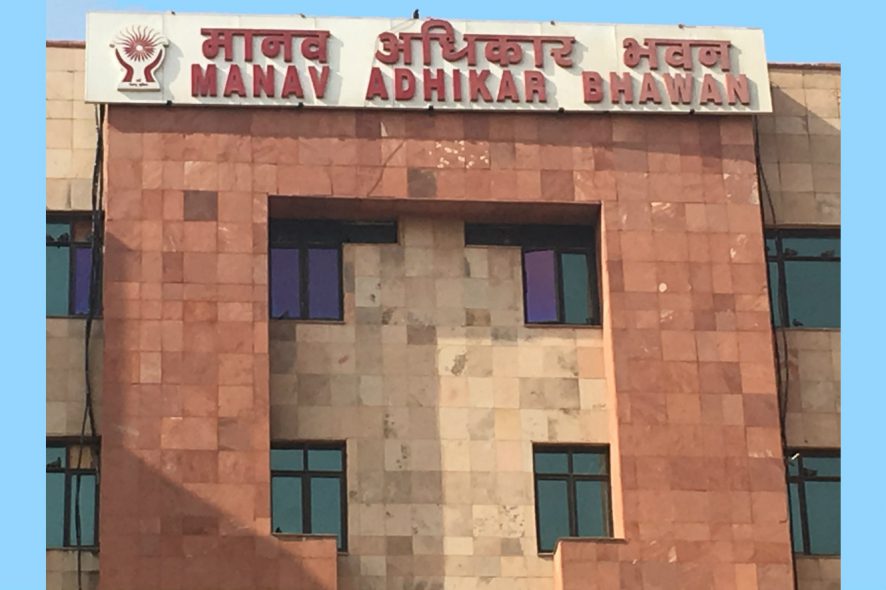The two-day National Seminar on Bonded Labour organised by the National Human Rights Commission from 14th -15th February, 2017 concluded in New Delhi with several suggestions for prevention and elimination of bonded labour in the country. It was felt that most of the bonded labourers belong to the Scheduled Castes and Schedule Tribes communities and the official statistics do not match the ground realities of bonded labour, which continues to manifest not only in the agricultural sector but also in any sector of employment, including brick-kilns, stone quarries, salt fields, lather manufacturing units, brothels, massage parlours, placement agencies or trafficking and so on.
It was suggested that a National Task Force should be set up to examine the obstacles and challenges in the implementation of the Bonded Labour System (Abolition) Act, 1976 and subsequent schemes introduce. Some of the other important suggestions were as follows:-
1. Revise Minimum Wages Act of 1948 and make it a Living Wages Act by bring at par the minimum wages of a skilled labourer with the lowest paid employee of the central government as per the 7th Pay Commission.
2. Focus on preventive measures such as working out methods to integrate local development work under social welfare schemes like MGNERA with the lean crop season to check migration and possibility of bonded labour.
3. Bring uniformity in the rescue, release and rehabilitation process of the bonded labourers in the entire country and ensure that rescue, release and rehabilitation happen simultaneously by giving powers to the DMs to release immediately funds from a dedicated corpus as an emergency to avoid delay and inconvenience to the beneficiaries. All financial transactions in this process should be digitized.
4. Let there be a common questionnaire for all States and the Union Territories to conduct a nationwide survey on bonded labourers.
5. Rope in corporate sector as part of their corporate social responsibility initiatives and civil society to provide vocational training at district level to the rescued bonded labourers to ensure their employment.
6. Look into the possibility of rehabilitating a rescued bonded labourer in the place where he has migrated in such of job instead of sending him back to his parent state for re-location and rehabilitation.
7. Rehabilitation should be clearly defined integrating it with various social welfare schemes.
8. Convene a dialogue between originating and receiving State of migrant labourers.
9. Let there be common method to identify bonded labourers and registration of migrant labourers with a national tracking system integrating with Aadhar number.
10. Periodic health checkup of all the released bonded labourers should be made mandatory and a certificate in this regard be issued, which should also be sent to all the concerned DMs.
11. Vigilance Committees in all districts should be made fully functional and NGOs as well as labour inspector should be made part of it.
12. Fix accountability of stakeholders involved in abolition of bonded labour and clearly define it.
Chairing the concluding session, Mr. Justice D. Murugesan, Member, NHRC said that the Commission would further deliberate upon all such important suggestions and finalize its recommendations to the government for implementation towards prevention and elimination of bonded labour in the country.
National Human Rights Commission






